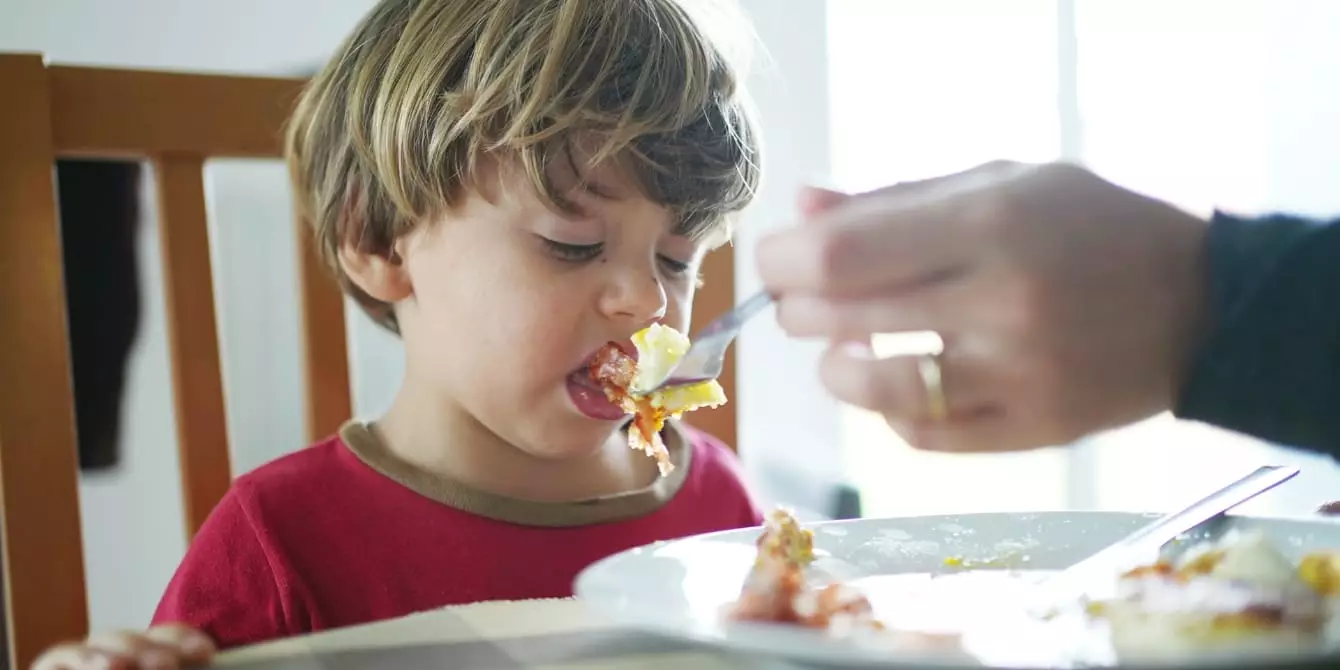Parenting is replete with challenges and learning moments, and one of the most prevalent issues many parents face is managing their child’s eating habits. The mantra “When a child gets hungry enough, they’ll eat” rings hollow for many parents, particularly those dealing with picky eaters. This sentiment isn’t just a phrase; it can often serve to heighten parental anxiety when children refuse food. When it comes to my firstborn, Max, my experience was no exception. Rather than a comforting guideline, this mantra felt like an exasperating reminder of our daily battle at mealtimes, as Max seemed untouched by hunger, despite going long stretches without a satisfactory meal.
In the realm of nutrition, Max’s journey as a toddler unraveled a complex web of expectations, anxieties, and societal norms surrounding food. He began at a healthy percentile for his height and weight, yet he soon plummeted to below the tenth percentile for weight by eighteen months, which only heightened my stress and concern. I found myself frantically searching for tried-and-true methods to foster healthy eating habits—like serving meals at consistent times, providing varied options, and maintaining a distraction-free dining environment. But despite my efforts, nothing seemed to work consistently, leading to an escalating struggle over something as fundamental as food.
As the situation grew more dire, dinner became a battleground. One evening, I presented Max with a dish I knew he liked, having prepared it with care, assuming he would naturally be hungry. However, he dismissed it with surprising ease, choosing instead to treat the dinner table as a playground. The struggle revolved around control—Max sought to assert his independence, while I clung desperately to the notion that I needed to enforce meal norms. This tug-of-war culminated in a stark realization: the harder I attempted to control the situation, the more elusive food became. It highlighted a painful truth about parenting: the more we strive for control in an area as personal as eating, the more we risk pushing our children away from it.
That moment of realization sparkled with clarity. I had set up expectations rooted in traditional parenting wisdom—children should eat what’s served, at the appropriate time, and stay engaged at the dinner table. These expectations weren’t inherently flawed; in fact, they stemmed from a place of love and concern for my children’s health. However, they were not yielding the desired outcomes, leading me to reconsider my approach entirely.
Determined to ease the tension at the dinner table, I decided to experiment with my expectations. I let go of the idea of rigid family mealtimes. Instead, I started feeding both my boys wherever they felt comfortable. A rather pivotal shift was feeding Max in front of the television—a setting that both engaged and distracted him. Instead of battling for his attention, I joined him. I realized that the traditional family dinner model wasn’t serving either of us well.
Equipped with spoonfuls of food, I introduced a more relaxed approach. Sitting beside Max while he watched his favorite show transformed mealtimes from battles into shared experiences. I would pause the television intermittently, prompting him to take a bite, or I found creative ways to engage him while he played. Each small meal became an opportunity to nourish him and stave off the power struggle that had dominated our previous attempts.
Over time, this new approach yielded fruits; gradually, Max began trying new foods, albeit cautiously. The tide was shifting, and as my anxiety waned, his willingness to experiment with different flavors expanded. By removing the societal pressure of what a meal should look like, I created a safe space for him to explore food without judgment or expectation.
One playful incident stood out amidst our food experiments. During a light-hearted moment in the kitchen, Max proposed an enthralling idea: he suggested I pretend to be a puppy in a game that would end with him dropping his food and allowing me to ‘eat’ it off the floor. Responding with playful wit, I flipped the script, proposing instead that he could be the puppy and eat from my hand. The result? A small triumph—the joy of mealtime camaraderie transformed what was once a source of tension into laughter and connection.
This joy reflects a wider truth about parenting: our children don’t need to adhere rigidly to societal norms or expectations. They need love, understanding, and creative approaches to nourish their bodies and spirits. My journey with Max reminded me to prioritize connection over control. Ultimately, flexibility—not rigidity—emerged as the cornerstone of fostering healthy eating habits. As I let go of my anxieties and embraced experimentation, we took meaningful steps toward a healthier relationship with food, moving forward together on this uncharted path of parenting.

